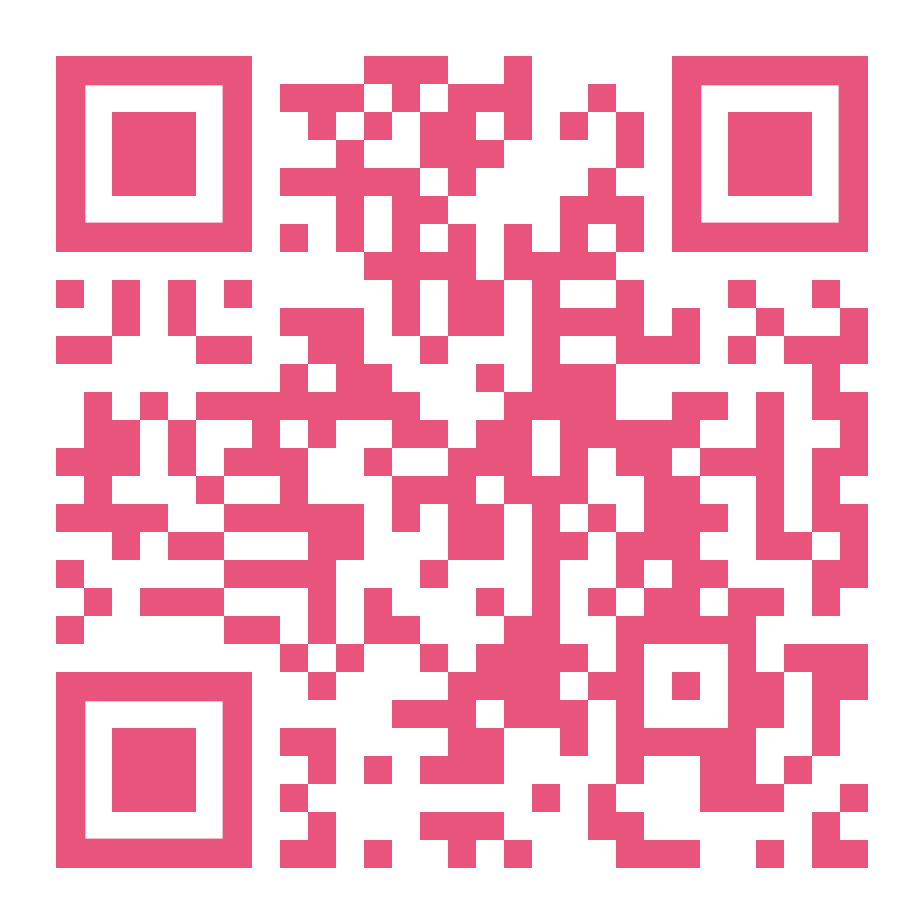El papel cambiante de la animación en la difusión de la ciencia
Resumen
Esta propuesta de investigación tiene como objetivo mapear las posibilidades de animación en la comunicación científica centrándose en la divulgación de la ciencia pública sobre el cambio climático. El cambio climático, una parte de la ciencia multidisciplinaria de los estudios ambientales, permite investigar un grupo de problemas complejos. El plan de investigación cuenta con la ayuda de la experiencia de una colaboración con TED-Ed, creando videoconferencias animadas relacionadas con el clima desde 2019, en coproducción con The Animation Workshop, con sede en Dinamarca. Para cumplir con este objetivo, la investigación entregará un Informe de estado del arte sobre el uso actual de la animación funcional en los artículos de investigación y creará una revisión sistemática sobre cómo los artículos describen verbal y visualmente los materiales animados utilizados. La revisión sistemática tiene como objetivo identificar cuán pasado por alto es el proceso de desarrollo de la animación, mediante la creación de un lenguaje común en forma de principios rectores entre los científicos en la investigación y los profesionales de la animación. Esta propuesta desea continuar investigando en estos artículos el cambio de "si la animación facilita el aprendizaje" a "qué animación facilita el aprendizaje" (He 2020) y llevarlo más allá, definiendo "cómo la colaboración de la animación puede integrarse en la educación de investigación". La difusión de la animación en la educación y la divulgación de la ciencia pública se han disparado debido al desarrollo técnico de los últimos 10 años. Se le ha dado un papel dominante no solo en los planes de estudio de las aulas, sino también en la educación en línea, reforzada por la pandemia de COVID-19 de 2020. El estudio teórico del papel de la animación en el aprendizaje ha experimentado un cambio increíble en los últimos 20 años (Bétrancourt y Tversky 2000, Mayer 2002, Lowe 2003, Ploetzner & Lowe 2004, Bétrancourt 2005, Mayer 2009, Ploetzner & Lowe 2012, Ploetzner et al. . 2013, Lowe & Schnotz 2014, Lowe & Boucheix 2016, He & Leeuwen 2019, Unsworth /ed./ 2020, Vistisen 2021). El papel de la animación está pasando de ser un arte aplicado a ser un socio colaborativo en la difusión de la investigación. La investigación orientada a la práctica está planificada para probar y afinar la hipótesis a través de tres estudios de caso, de que la integración de la colaboración entre animadores y científicos para producir una difusión de la investigación visual hacia la audiencia general sobre el cambio climático no solo aumentaría el nivel de comprensión del público, sino que ayudaría a los científicos a estructurar la comunicación sobre su proceso de investigación. Los tres estudios de caso están diseñados para establecer la integración de la colaboración de la animación en la enseñanza de la investigación. El estudio de caso uno es un plan de un curso intensivo para que los investigadores aprendan sobre los procesos de comunicación visual animada, preparando un plan de un explicador animado. El estudio de caso dos es una oportunidad de colaboración entre animadores y científicos para trabajar con las comunidades locales explicando su investigación y creando una difusión visual mediante la animación. El estudio de caso tres es una prueba de cómo un instituto de investigación ofrece oportunidades de colaboración en materia de animación para que los investigadores puedan comunicar los resultados de sus investigaciones. Los tres estudios de caso pretenden destacar el poder creativo y productivo de la colaboración entre narradores visuales y científicos investigadores. Las ubicaciones y los socios de colaboración aún no son fijos; se realizarán experimentos exploratorios durante el otoño de 2021 para establecer las especificidades de estos contextos de recogida de datos.

Derechos de autor 2021 Ágota Végső

Esta obra está bajo licencia internacional Creative Commons Reconocimiento 4.0.
